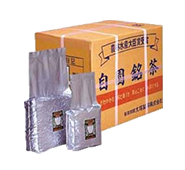History of Otsuka Seicha
From Edo to Meiji era. In this turbulent era.
In the turbulent times of the Edo and Meiji eras, the production of tea in Kakegawa-Hisaka-Tozan began.
Kakegawa and Nisaka Higashiyama were inn towns along the Fifty-three Stages of the Tokaido Highway, and transportation had long been established as a major industry. However, the great changes of the Meiji era (1868-1912) completely changed this industrial structure. Many of the people involved in the traffic along the roads turned to new livelihoods such as agriculture. Shinpei Otsuka, the founder of Otsuka Seicha, was one of them.
In 1871, the Oigawa River was abolished and replaced by the ferry system, and the Kawagoe jinrikisha who had been engaged in river ferrying lost their jobs. The Kawagoe-jin'uma lost their jobs. The Kawagoe-jin'uma received a loan from the Kakegawa clan to cultivate the land and start farming. At that time, Shinpei Otsuka was at the center of a group of about 20 families that cultivated about 374 towns in the Imperial Forest. His proactive cultivation laid the foundation for the area to become the famous tea-producing region it is today.

▲ Birthplace of the founder, Shinpei Otsuka
-
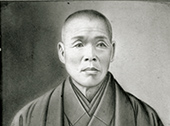 [1st generation] Shinpei Otsuka Kaishu Katsu reclaimed the Makinohara plateau and recommended the cultivation of tea. Shinpei Otsuka (the first generation), who was given a forest by the Kakegawa clan, cultivated a tea plantation in Gorin, Nisaka, Kakegawa City, accompanied by Oigawa River ferrymen.
[1st generation] Shinpei Otsuka Kaishu Katsu reclaimed the Makinohara plateau and recommended the cultivation of tea. Shinpei Otsuka (the first generation), who was given a forest by the Kakegawa clan, cultivated a tea plantation in Gorin, Nisaka, Kakegawa City, accompanied by Oigawa River ferrymen. -
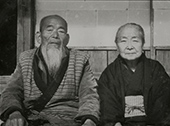 [2nd generation] Otsuka Chukichi Chukichi Otsuka, the second generation of the family, showed his talent in business as well, taking samples of tea to the tea wholesalers in Shizuoka City by steam locomotive.
[2nd generation] Otsuka Chukichi Chukichi Otsuka, the second generation of the family, showed his talent in business as well, taking samples of tea to the tea wholesalers in Shizuoka City by steam locomotive.
 The name "Chu" was used from that time on.
The name "Chu" was used from that time on.
-
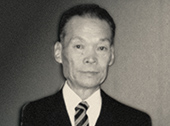 [The 3rd generation] Yoshikazu Otsuka The third generation, Yoshikazu Otsuka, adopted machine technology based on his belief in "making better tasting and better quality tea. He was the first to introduce the production of "deep steamed tea" in 1955. He developed tea production technology with flexible ideas.
[The 3rd generation] Yoshikazu Otsuka The third generation, Yoshikazu Otsuka, adopted machine technology based on his belief in "making better tasting and better quality tea. He was the first to introduce the production of "deep steamed tea" in 1955. He developed tea production technology with flexible ideas. -
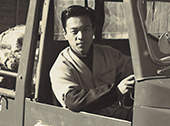 [The 4th generation] Hiroaki Otsuka In 1960, the fourth generation, Hiroaki Otsuka, established Otsuka Seicha Corporation as a company organization. In 1960, the fourth generation, Hiroaki Otsuka, established Otsuka Seicha Co. The company has been in business ever since.
[The 4th generation] Hiroaki Otsuka In 1960, the fourth generation, Hiroaki Otsuka, established Otsuka Seicha Corporation as a company organization. In 1960, the fourth generation, Hiroaki Otsuka, established Otsuka Seicha Co. The company has been in business ever since. -
 [The 5th generation] Yasuhiko Otsuka Appointed in 2010. He was awarded the 9th place in the individual competition at the 50th National Tea Examination Technology Competition, and was certified as a Japanese tea appraiser.
[The 5th generation] Yasuhiko Otsuka Appointed in 2010. He was awarded the 9th place in the individual competition at the 50th National Tea Examination Technology Competition, and was certified as a Japanese tea appraiser.
Otsuka Tea History Gallery
-
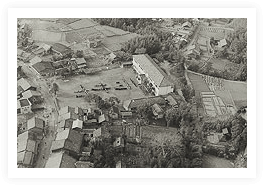
Scenes of pre-war Nisaka Village
-
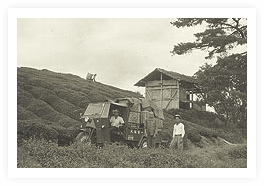
Tea collection work in the 1950s
-
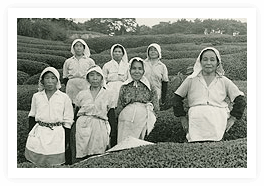
Women picking tea in the 1950s
-
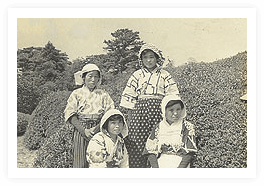
Women picking tea in the 1950s
-
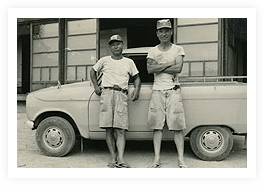
Ochanomushi Tadahira Kurita's (right)
-
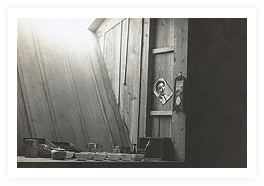
The place of worship at that time
-
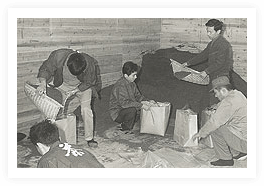
Bagging tea in the 1950s
-
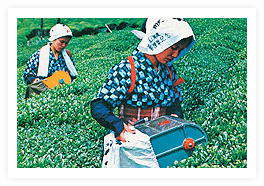
Hand-held tea plucking machine, circa 1968.
-
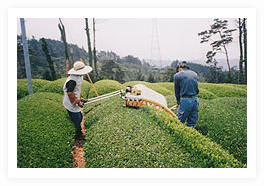
Tea Plucking Machines Go from Two-Person to Self-Propelled
-
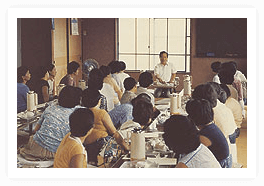
Tea making classes at women's groups, etc.
-
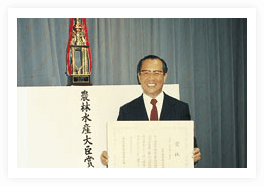
Awarded the Minister of Agriculture, Forestry and Fisheries Prize for the first time in 1992.
-
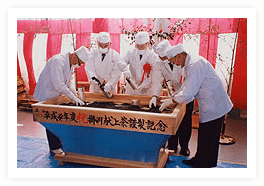
Commemoration of the dedication of tea to Kakegawa
-
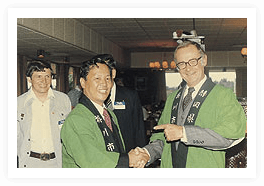
Traveled to the U.S. as a representative of the tea industry for the sister city agreement with Eugene, Oregon in 1978.
-
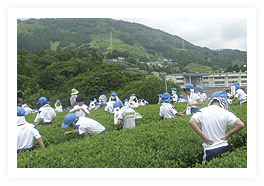
Tea picking experience for elementary school students
-
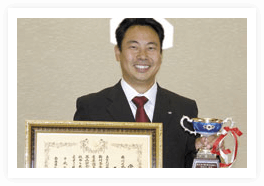
Awarded the Shizuoka Prefecture Governor's Prize in 2007
-
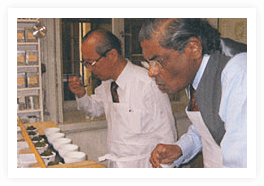
Tea Tasting with a Swedish Tea Merchant
-
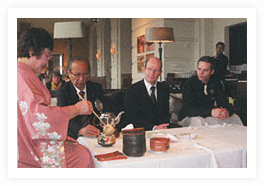
Tea ceremony with the manager of the Sweden Grand Hotel
-

We also communicate with and ship to tea buyers in the Netherlands.

Scenes of pre-war Nisaka Village

Tea collection work in the 1950s

Women picking tea in the 1950s

Women picking tea in the 1950s

Ochanomushi Tadahira Kurita's (right)

The place of worship at that time

Bagging tea in the 1950s

Hand-held tea plucking machine, circa 1968.

Tea Plucking Machines Go from Two-Person to Self-Propelled

Tea making classes at women's groups, etc.

Awarded the Minister of Agriculture, Forestry and Fisheries Prize for the first time in 1992.

Commemoration of the dedication of tea to Kakegawa

Traveled to the U.S. as a representative of the tea industry for the sister city agreement with Eugene, Oregon in 1978.

Tea picking experience for elementary school students

Awarded the Shizuoka Prefecture Governor's Prize in 2007

Tea Tasting with a Swedish Tea Merchant

Tea ceremony with the manager of the Sweden Grand Hotel

We also communicate with and ship to tea buyers in the Netherlands.



